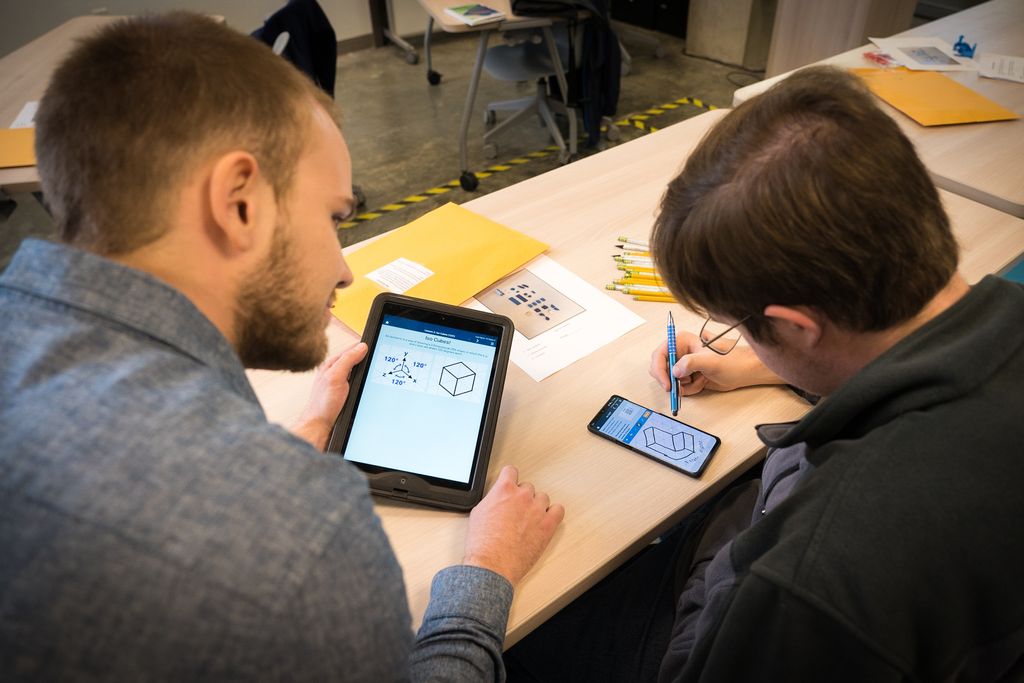
Email is a crucial tool for university researchers, enabling them to communicate with colleagues, collaborators, and stakeholders. However, managing email efficiently can be a challenge, as researchers receive a large volume of messages on a daily basis. In this article, we will explore the importance of streamlining email for university researchers and discuss best practices, tools, and strategies to optimize email management for research purposes.

University researchers often face numerous challenges when it comes to managing their emails. One of the main challenges is the overwhelming volume of emails they receive on a daily basis. Researchers receive emails from colleagues, collaborators, students, and various departments, making it difficult to keep track of important messages.
Another challenge is the lack of organization and structure in their email inbox. Without a proper system in place, important emails can get buried in the clutter, leading to missed opportunities or delays in responding to important inquiries.
Additionally, researchers often struggle with email overload, spending a significant amount of time sorting through and responding to emails. This can take away valuable time from their research work and impact their productivity.
To overcome these challenges, university researchers can implement various strategies and best practices to streamline their email management process.
Organizing email effectively is crucial for researchers to manage their workload and stay focused on their research. Here are some best practices to optimize email organization:
By following these best practices, researchers can streamline their email management and improve their efficiency in conducting research.
Email filters and rules are powerful tools that can help university researchers efficiently manage their email inbox. By setting up filters and rules, researchers can automatically categorize and prioritize incoming emails based on specific criteria. This allows them to focus on important research-related emails and reduce the time spent on sorting through irrelevant messages.
Collaboration is key for research teams to effectively manage their email communications. Here are some strategies that can help:
Shared Folders and Labels: Create shared folders and labels to organize emails related to specific projects or topics. This allows team members to easily access and collaborate on relevant emails.
Email Distribution Lists: Set up email distribution lists for different research teams or projects. This ensures that important updates and discussions are shared with the relevant team members.
Regular Communication: Establish regular communication channels, such as weekly team meetings or email updates, to keep everyone informed and aligned on research progress.
Tip: Encourage team members to use clear and concise subject lines to make it easier to search and filter emails.
Email Etiquette Guidelines: Develop email etiquette guidelines for the research team to ensure professionalism and clarity in email communications.
Email Management Tools: Explore email management tools that offer collaboration features, such as shared inboxes or threaded conversations, to streamline communication within the team.
Version Control: Implement version control practices for email attachments and documents shared via email. This helps avoid confusion and ensures that everyone is working with the latest version of files.
Training and Support: Provide training and support to team members on effective email management techniques and tools. This can include tips on organizing emails, setting up filters, and utilizing productivity features.
By implementing these collaborative email management strategies, research teams can enhance communication, improve efficiency, and streamline their email workflows.
Integrating email with project management tools can greatly enhance the efficiency and productivity of university researchers. By seamlessly integrating email communication with project management platforms, researchers can streamline their workflow and ensure that all important information and tasks are organized in one central location.
One way to integrate email with project management tools is by using email plugins or extensions that allow for direct integration with popular project management platforms. These plugins enable researchers to create tasks, assign deadlines, and track progress directly from their email client, eliminating the need to switch between different applications.
Another approach is to use email forwarding or integration features provided by project management tools. This allows researchers to forward important emails to their project management platform, where they can be converted into tasks or added to relevant projects. This ensures that important information is not lost or buried in the email inbox.
Additionally, researchers can use project management tools to create email templates or predefined workflows for common research tasks. This can save time and ensure consistency in communication, especially when collaborating with other team members or external partners.
By integrating email with project management tools, university researchers can streamline their workflow, improve communication, and ensure that important tasks and information are easily accessible and organized.
Automating email tasks can greatly improve efficiency and productivity for university researchers. By automating repetitive tasks such as sorting, labeling, and archiving emails, researchers can save valuable time and focus more on their research. There are several tools and techniques available to automate email tasks, including email filters, rules, and plugins. These tools allow researchers to automatically organize incoming emails based on criteria such as sender, subject, or keywords. Additionally, researchers can set up automated responses or reminders for specific types of emails, ensuring timely communication and follow-up.
Email security and confidentiality are paramount in research communications. Researchers often exchange sensitive information, such as unpublished data, grant proposals, and confidential research findings, via email. To protect this valuable information, it is essential to implement robust security measures.
One important step is to encrypt emails containing sensitive data. Encryption ensures that only authorized recipients can access the content, preventing unauthorized interception or access. Additionally, researchers should regularly update their email passwords and enable two-factor authentication to add an extra layer of security.
To further enhance email security, researchers should be cautious when clicking on links or downloading attachments from unknown or suspicious sources. Phishing attacks and malware can compromise email accounts and expose sensitive information. It is advisable to verify the authenticity of emails and attachments before interacting with them.
In addition to security measures, researchers should also consider the confidentiality of their email communications. They should avoid discussing sensitive research topics or sharing confidential data through unsecured channels. Instead, researchers can utilize secure file-sharing platforms or encrypted messaging services for sensitive discussions.
Overall, ensuring email security and confidentiality is crucial for university researchers. By implementing encryption, practicing caution, and utilizing secure communication channels, researchers can protect their valuable research data and maintain the integrity of their work.
In conclusion, streamlining email for university researchers is crucial for improving communication and productivity. By implementing efficient email management strategies, researchers can save time, reduce clutter, and ensure important messages are not missed. Automation and email filters are powerful tools that can help researchers prioritize and organize their emails. Additionally, establishing clear email etiquette and using professional email templates can enhance professionalism and streamline communication. Overall, by optimizing email practices, university researchers can focus more on their research and collaboration, leading to increased efficiency and success.
Streamlining email can benefit university researchers by improving efficiency, saving time, and reducing the risk of missing important research-related communications.
Some common challenges faced by university researchers in email management include overwhelming inbox volumes, difficulty in organizing and finding important emails, and the risk of email overload.
Some best practices for organizing email for efficient research include creating folders or labels for different research projects, using descriptive subject lines, and regularly archiving or deleting unnecessary emails.
Email filters and rules can be utilized to automatically categorize and prioritize research-related emails based on sender, subject, keywords, or other criteria. This helps researchers focus on important emails and reduces time spent on sorting through irrelevant messages.
Some collaborative email management strategies for research teams include using shared email accounts or distribution lists for project-related communications, establishing clear email communication protocols, and utilizing email collaboration tools or platforms.
Email can be integrated with project management tools by syncing email notifications with project management platforms, linking emails to specific tasks or projects, and using email plugins or extensions that connect with project management software.